Southern Pacific Colombia Herping Tour
KEEPING NATURE TOURS
KEEPING NATURE TOURS
Southern Pacific Colombia Herping Tour
Custom Tours | Risaralda
DISCOVER NATURE WITH US
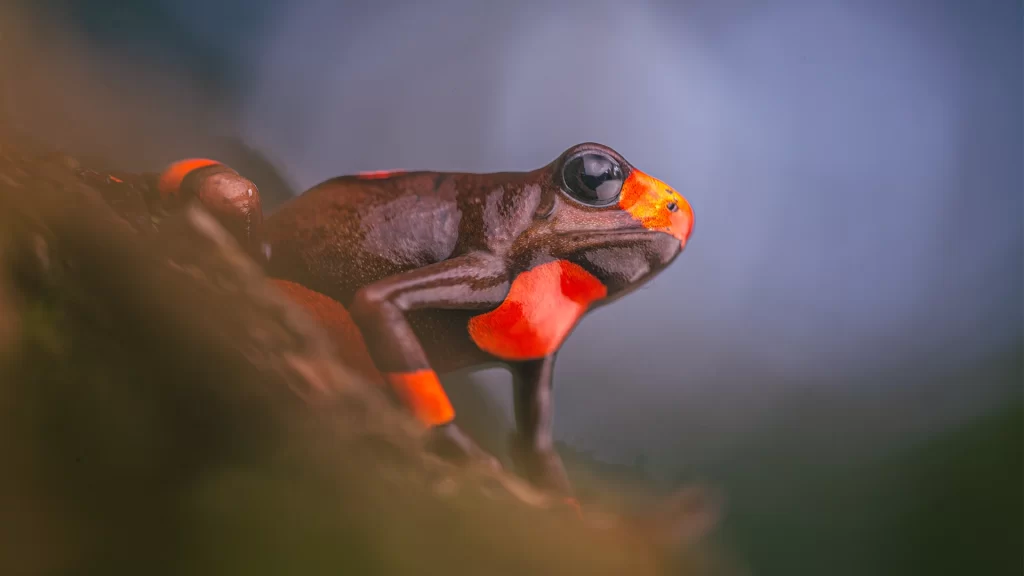
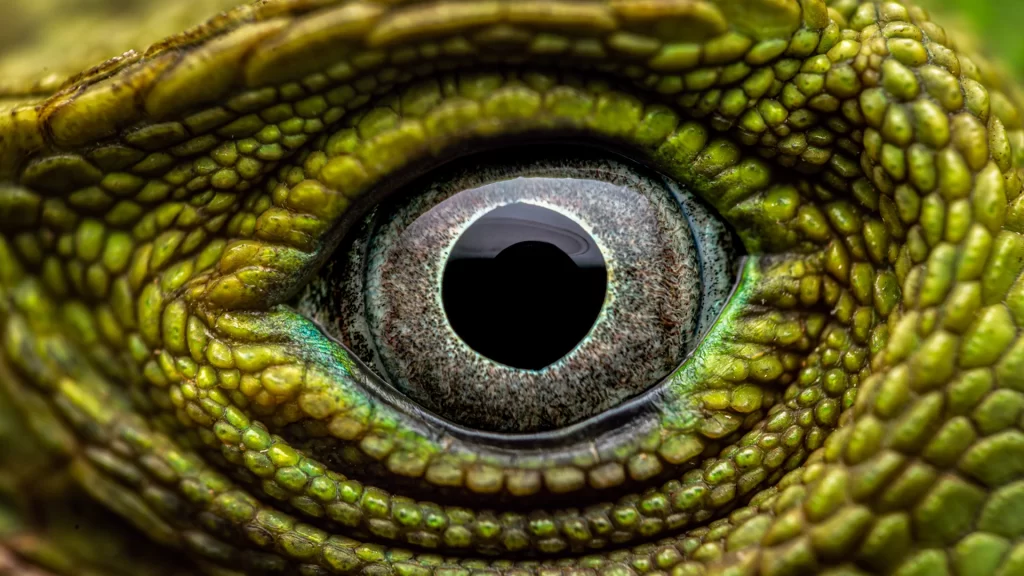

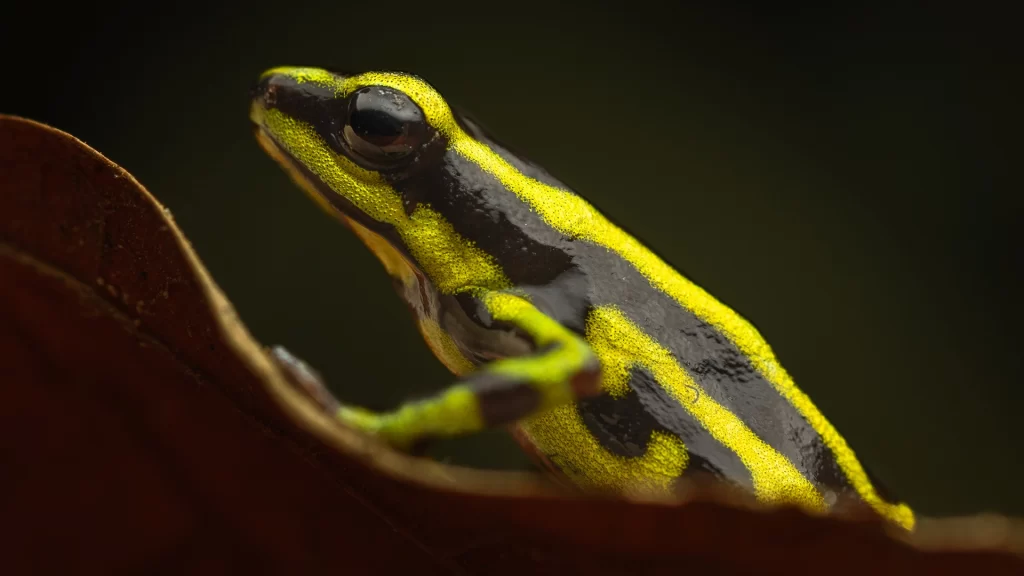
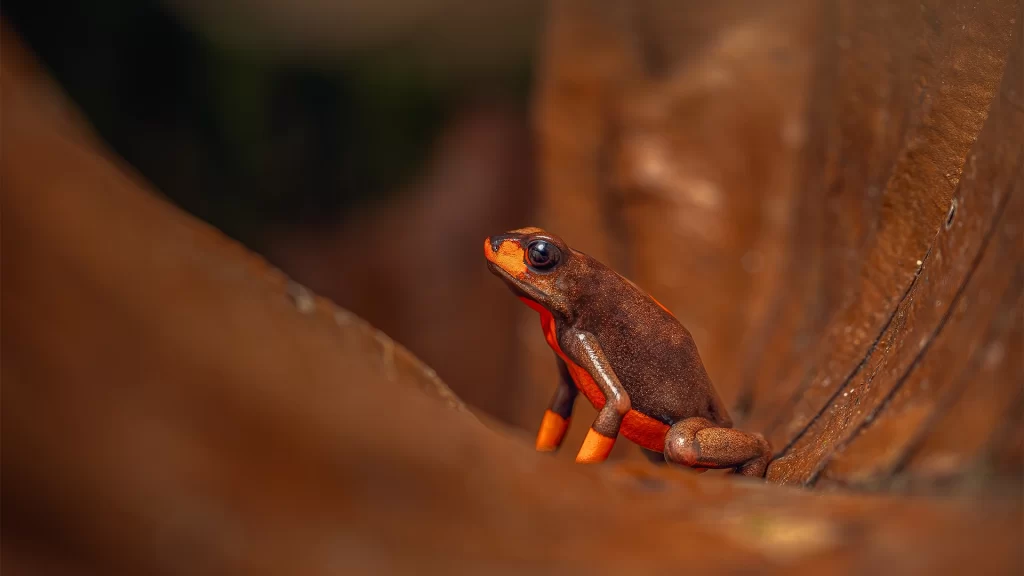
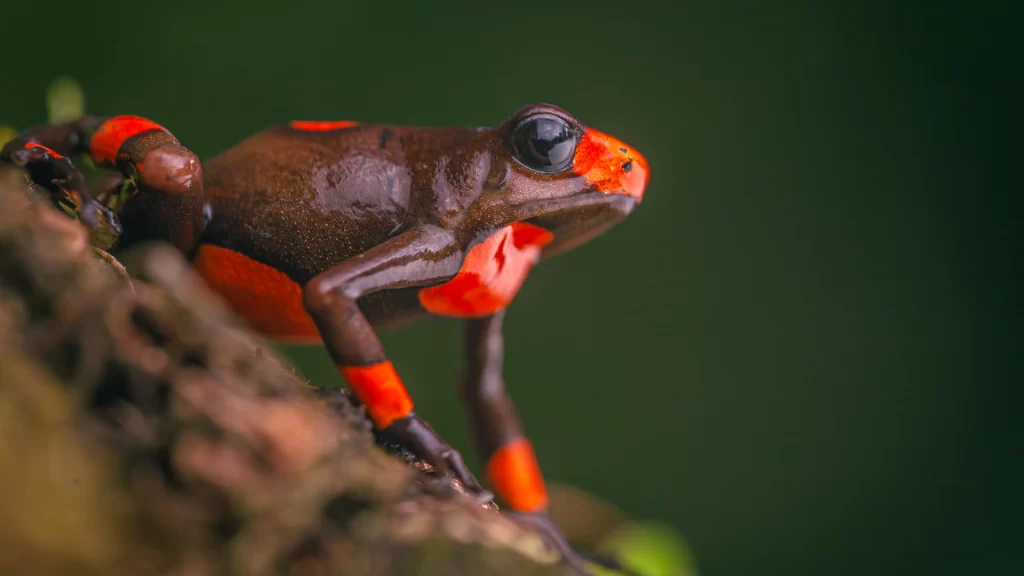
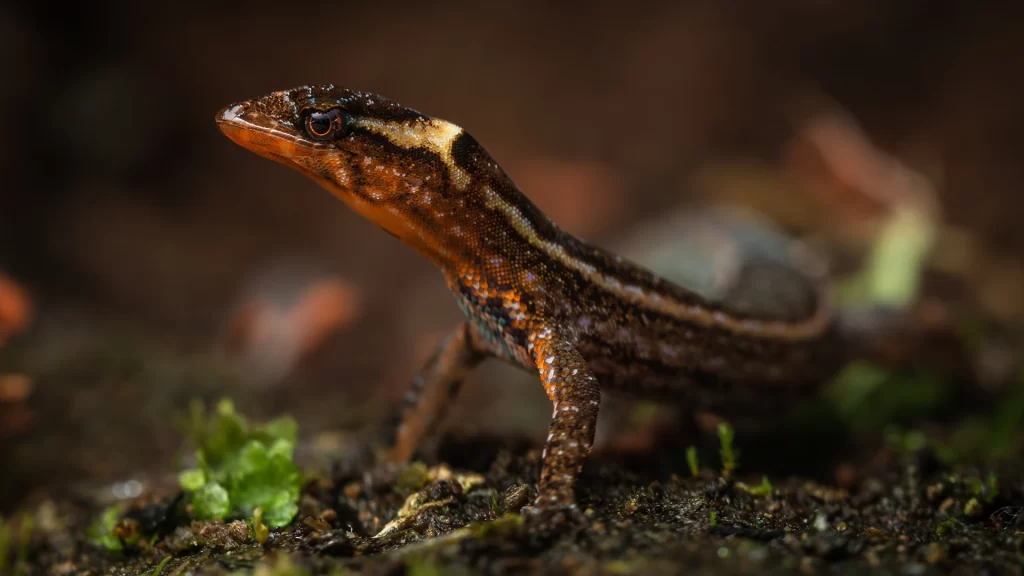
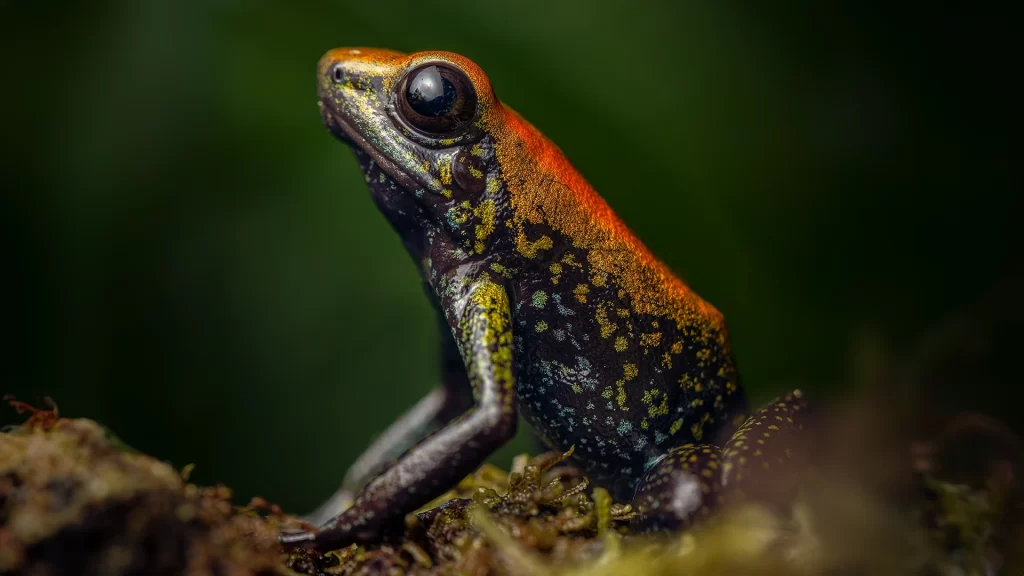


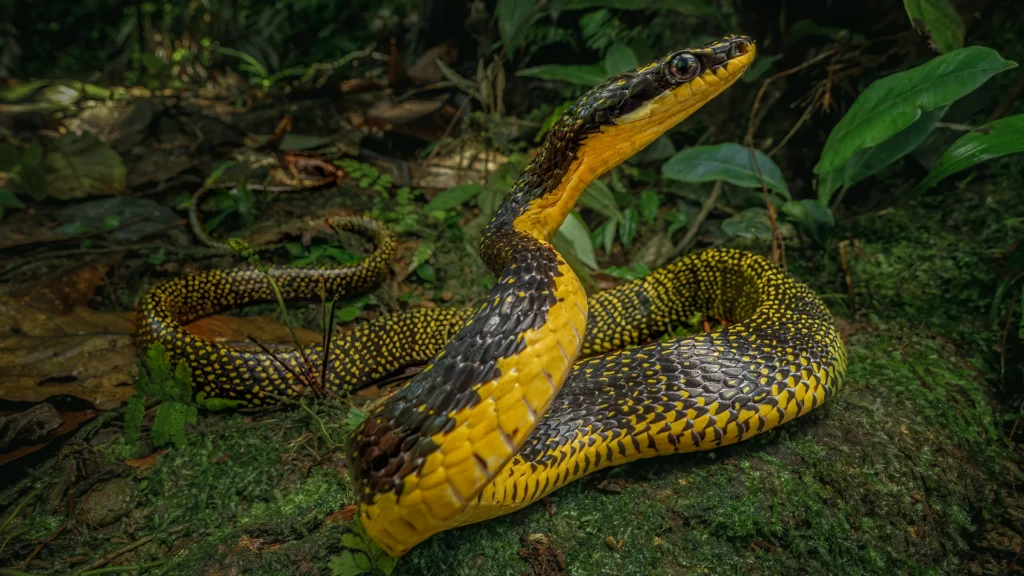
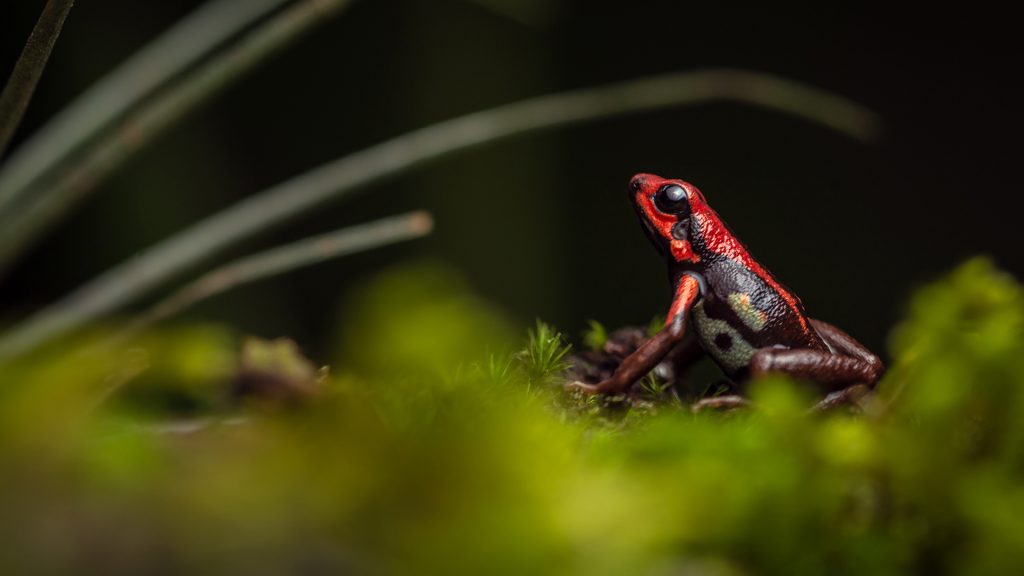

Discover the Hidden Life of the Biogeographic Chocó
A Herping Photo Expedition through Colombia’s Pacific Andes
Venture deep into one of the most biodiverse corridors on Earth—where the mist of the Andes meets the humidity of the Pacific lowlands. This is not just a tour; it’s a photographic expedition into the heart of Colombia’s Chocó biogeographic region, a global hotspot for amphibians and reptiles.
Over several days, we’ll traverse ecosystems ranging from cloud forests and tropical lowland jungles to riverine habitats that come alive after sunset. With your camera in hand and expert guidance by your side, you’ll explore key locations like the crystalline rivers of San Cipriano, the remote forests of Anchicayá, the mystical mountains of Santa Cecilia, and the serene biodiversity haven of Kiraikai Ecolodge.
This tour is crafted for photographers passionate about macro, herpetofauna, and immersive fieldwork. You’ll track poison dart frogs in leaf-littered paths, search for rare snakes under moonlight, and capture intimate portraits of Colombia’s elusive rainforest creatures—all while learning the art of visual storytelling in one of the most vibrant natural theaters on the planet.
Whether you’re a seasoned wildlife photographer or an adventurous naturalist with a camera, this journey offers the rare opportunity to blend technical mastery with unforgettable encounters.
Ready to reveal what only the rainforest can whisper? Join us in the living silence of the Pacific Andes.
Explore one of the most biodiverse regions on Earth. Journey through the heart of Colombia’s Chocó biogeographic region, a global hotspot for endemic amphibians and reptiles. Experience the full spectrum of biodiversity by visiting tropical rainforests, cloud forests, and transitional Andean lowlands.
Photograph rare and colorful herpetofauna in their natural habitats. Get close to iconic species like Oophaga lehmanni, Phyllobates aurotaenia, Boana rufitela, and Rhaebo haematiticus, among many others. With guidance from expert photographers and herpetologists, you’ll capture images of these elusive species in situ — day and night.
Elevate your field photography skills. Receive one-on-one mentoring from professionals in macro and wildlife photography while practicing in real-world conditions. Improve your use of lighting, focus stacking, composition, and camera settings — in some of Colombia’s most photogenic natural settings.
Travel with purpose and conservation impact. This expedition supports local communities, eco-lodges, and conservation initiatives. By joining this tour, you contribute to responsible ecotourism while deepening your understanding of these threatened ecosystems.
Discover four unique habitats in one tour. From the emerald rivers of San Cipriano to the mist-covered mountains of Santa Cecilia and the foothills of the Central Andes in Quindío — this tour offers unmatched diversity in landscapes and species, all within six days of immersive exploration.
Expert Guidance in Amphibian and Reptile Photography
Receive specialized instruction in photographing endemic and often imperceptible species like Oophaga lehmanni, Phyllobates aurotaenia, and Boana rufitela. Learn to craft visual stories that reveal the unique colors, patterns, and behaviors of Colombia’s hidden herpetofauna.Macro Photography Mastery in Real-World Conditions. Refine your macro techniques with field-based support in lighting, magnification, and background control. Explore how to emphasize the textures, colors, and micro-details of frogs, lizards, and rainforest insects through artistic composition and critical focus.
Lighting Techniques for Dense Tropical Forests. Get hands-on guidance in balancing ambient and artificial light. Practice using diffusers, off-camera flashes, and reflectors to control shadows and highlights in humid, low-light environments—essential for night walks and canopy-filtered day scenes.
Action & Behavior Photography in Low Light. Capture fast or cryptic subjects like calling frogs, slithering snakes, or territorial displays with tips on shutter speed, burst shooting, and motion tracking. Learn how to anticipate behavior and adapt to rapid changes in rainforest light and conditions.
Full-Time Mentorship with a Wildlife Photography Professional. Throughout the expedition, you’ll be guided by Jhonattan Vanegas—a biologist and award-winning herpetofauna photographer. His one-on-one support in the field ensures you not only improve your technical skills but also strengthen your visual storytelling and conservation narrative.
Macro Lens (90 mm – 105 mm): A high-quality macro lens is essential for capturing the intricate details of small subjects, such as the vibrant patterns of poison dart frogs. It allows you to get close enough to fill the frame while maintaining sharpness and clarity.
Wide-Angle Macro Lens (15 mm): A 15 mm wide-angle macro lens is perfect for creating environmental portraits that feature both the subject and its natural habitat. This lens helps highlight the unique surroundings, adding depth and context to your shots.
External Flash: Portable off-camera flashes are ideal for delivering controlled lighting in the low-light conditions of tropical forests. They enhance the vivid colors of amphibians without disturbing their natural behavior, making each shot more impactful.
Wireless Flash Triggers: Wireless transmitters allow you to use off-camera flash setups, offering greater creative control over light direction and intensity. This is particularly useful in uneven lighting conditions and dense jungle environments.
Flash Diffuser: Essential for softening harsh light and minimizing reflections on the moist skin of amphibians. Diffusers ensure even, natural-looking lighting that highlights fine textures without overpowering the subject.
Portable Reflector: Compact and foldable, reflectors help bounce light onto the subject, providing additional fill light in shaded or low-light conditions. They enhance detail and color without the need for extra flash units.
Extension Tubes: Extension tubes increase your lens magnification, allowing for more precise focus on very small details. They are a cost-effective way to expand your macro capabilities without investing in new lenses.
Amphibians
Oophaga lehmanni – Lehmann’s Poison Frog
Oophaga anchicayensis – Anchicayá Poison Frog
Oophaga histriónica – Harlequin Poison Frog
Phyllobates bicolor – Bicolored Poison Frog
Phyllobates samperi – Samper’s Poison Frog
Rhaebo haematiticus – Red-headed Toad
Allobates talamancae – Talamanca Rocket Frog
Dendropsophus ebraccatus – Hourglass Tree Frog
Espadarana prosoblepon – Emerald Glass Frog
Hypsiboas picturatus – Painted Tree Frog
Hypsiboas crepitans – Emerald-eyed Tree Frog
Smilisca phaeota – Masked Tree Frog
Pristimantis latidiscus – Broad-disc Rain Frog
Cochranella granulosa – Grainy Cochran Frog
Reptiles
Bothrops asper – Fer-de-Lance Viper
Imantodes cenchoa – Blunt-headed Tree Snake
Clelia clelia – Mussurana
Micrurus dumerilii – Dumeril’s Coral Snake
Boa imperator – Common Boa
Phrynonax shropshirei – Shropshire’s Snake
Leptophis depressirostris – Depressed-head Parrot Snake
Anolis chocorum – Chocó Anole
Basiliscus galeritus – Red-headed Basilisk
Enyalioides heterolepis – Bumpy Forest Lizard
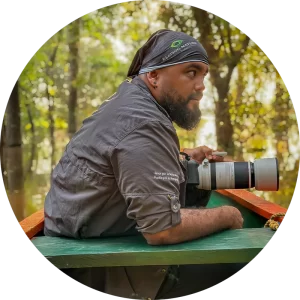
Jhonattan Vanegas
Biologist, Herpetologist, and Nature Photographer
One of the best amphibian, reptile and wildlife photographers in Colombia. He leads workshops and photographic tours. He is a biologist and expert in macro-photography, full-time nature photographer and leading tour guide in Colombia.He has published 14 scientific articles contributing to the knowledge and conservation of various species in Colombia. His photographic work has taken him to explore every corner of the country. His photos have been featured in magazines such as Enfoque Visual, RowZine, and the Catalog of Amphibians and Reptiles of Colombia, among others. He won the environmental advocacy category in the Agenda del Mar photography competition (2022). He uses photography and biology as tools to promote conservation through various initiatives, contributing to a deeper understanding of species’ behaviors and their interactions with ecosystems. These two passions have allowed him to offer a unique perspective on the hidden and unknown world beneath the mysterious landscapes of Colombia’s mountains and plains, aiming to create a bridge between memory and nature.Day 1 | Cali – San Cipriano | Phyllobates samperi
Our adventure begins early in the morning with a meeting in Cali, from where we’ll travel toward the lush San Cipriano Forest Reserve. On the way, we’ll enjoy breakfast before arriving in Zaragoza, where we’ll hop aboard a “brujita” — a wooden platform on train tracks powered by a motorcycle — for a unique ride into the forest.
Upon arrival, we’ll settle into our accommodation and enjoy a local lunch before heading into the forest for our first photographic session. This will be our introduction to in-situ photography, focusing on amphibians and reptiles that thrive in this tropical environment. As evening falls, we’ll prepare for our first night tour, capturing species that only emerge after dark. We’ll then return to the lodge for a well-deserved rest.
Day 2 | San Cipriano | Boana picturata
We’ll begin the day with breakfast before heading into the field for a daytime herping session, taking advantage of the morning light to capture vibrant macro images. After a short rest and lunch (which may be in the field depending on conditions), we’ll continue exploring in the afternoon, seeking more photographic opportunities in this biodiversity hotspot.
In the evening, we’ll have dinner outdoors before setting out for a continuation of our night tour, venturing deeper into the forest in search of elusive species. By the end of the day, we’ll return to the lodge with memory cards full of rich photographic material and experiences to reflect on.
Day 3 | Anchicayá | Oophaga lehmanni
We’ll begin with an early morning departure from San Cipriano, making our way to Anchicayá. After breakfast on the road and a short stop at a local birdwatching spot, we’ll continue to the heart of this renowned herping destination.
Our day will be dedicated to photographing Oophaga lehmanni and Oophaga anchicayensis — two of Colombia’s most iconic poison frogs. With professional guidance, we’ll work on composition, lighting, and behavioral observation to capture these rare amphibians in their natural context. We’ll end the day with a relaxed dinner and rest at our accommodation.
Day 4 | Kiraikai (Quindío) | Andinobates bombetes
We’ll journey to the lush Andean foothills of Quindío, where the landscape begins to shift into montane forest. After breakfast along the route, we’ll arrive at the peaceful Kiraikai Ecolodge, nestled in a vibrant green corridor ideal for photography.
Once settled, we’ll enjoy lunch and then begin exploring the surroundings in search of one of the tour’s most sought-after subjects: Andinobates bombetes, an endemic species with striking coloration and elusive behavior. Our afternoon and evening fieldwork will focus on capturing this species in its natural habitat, using macro and lighting techniques to highlight its vivid textures and natural patterns.
This day offers a unique opportunity to refine your skills photographing small subjects in complex environments, with personalized assistance from your field guide and photography mentor. After the night session, we’ll return to the lodge to rest and review the highlights of the day.
Day 5 | Santa Cecilia | Phyllobates bicolor
We’ll head to Santa Cecilia in Risaralda, a transition zone between the Andes and the Chocó biogeographic region. This area offers rich cloud forest ecosystems teeming with photographic potential. After breakfast and check-in at our accommodation, we’ll begin our exploration with a focus on frogs, lizards, and snakes found at these elevations.
During the day and into the night, we’ll hike forest trails in search of subjects like Phyllobates bicolor, taking advantage of varied altitudes and changing light to produce impactful images. As always, our guides and photographic mentor will provide continuous support in the field.
Day 6 | Return to Pereira | Tour Closing
Our final day begins with a morning photo session in the area before we return to the lodge for breakfast. After packing and a brief time to relax, we’ll have lunch and begin our transfer to Pereira.
Once in Pereira, we’ll conclude our journey with a short farewell gathering. We’ll part ways with unforgettable memories, hard-earned images, and deeper photographic and naturalist insight into Colombia’s extraordinary herpetofauna.
OUR WORKSHOP INCLUDES:
All ground transportation, from Cali Airport on day one to the final destination in Pereira on day six.
Accommodation for six nights in the locations described in the itinerary.
All meals: 6 breakfasts, 6 lunches, and 6 dinners.
Snacks and hydration throughout the tour.
Day and night excursions across diverse trails for in-situ photography of amphibians and reptiles.
Photographic documentation of activities.
Guidance and personalized photographic advice from the Keeping Nature Tours team.
Local expert guides specialized in herpetofauna.
Medical assistance card for all participants.
OUR WORKSHOP DOES NOT INCLUDE:
Transportation from your city or country of origin to Cali (Valle del Cauca), and return from Pereira.
Any expenses not explicitly mentioned above.
Alcoholic beverages consumed during the tour.
Tips for local guides or staff during your stay.
We will begin an immersive photographic adventure in nature where you will discover and tell your version of your story through your photographs. We have some recommendations that will be very useful when choosing your equipment depending on the approach you want to explore. We want to travel comfortably and protect our equipment. We’ll give you some tips on what to keep in mind.
- Follow instructions: Above all others, the most important rule to live by while exploring is to observe and follow all oral instructions given by the tour leader, or lodge or station staff.
- Protect yourself from the sun at all times: During the explorations we will be exposed to high, low temperatures or humid tropical climates, it is recommended to bring all the elements that protect from the sun such as hats or caps, collars, sunscreen and long sleeve shirts.
- Basics: You should know and handle the basics of manual photography (aperture, speeds, ISO, focal range). If you do not know these concepts, we recommend you take our basic photography course where you will receive an Introduction to Photography before the photographic tour.
- Protect your equipment from humidity: Reduce the impact of temperature changes, try to keep the battery out of the camera, this can reduce electronic damage and prolong your charge. Carry dry bags that allow you to keep your equipment isolated from the weather conditions. It is always advisable to carry silica gel, these absorb moisture. After working days you can put your equipment in the dry bag and add plenty of silica gel to absorb the moisture retained by your camera.
- Take care of your belongings: All our favorite destinations are safe to travel to. You should always be vigilant and take care of your valuable items whenever you find yourself in crowded bus stations, busy city streets and bustling markets.
keeeping is passion for nature, love for photography.
SERVICES INCLUDED

Luggage Carrying

Accommodation

Complete Feeding

Photographic Assistance

Local Guides

Hydration

Day and Night Tours

Snacks

Souvenir

Health Insurance

Ground Transport
Do you have any doubts?
Select where you want us to talk
We will be happy to talk to you and clarify all your doubts about your next photographic experience, select one of our customer service lines, we will answer you as soon as possible.
DATE AND DETAILS OF THE PHOTO TOUR
- Location: San Cipriano | Anchicayá | Kiraikai | Santa Cecilia
- Date: All Year
- Duration: 6 Days | 5 Nights
- Starting location: Cali (Valle del Cauca)
- End Location: Pereira (Risaralda)
- Starting time: 07:00 h
- End time: 18:00 h
- Level of Physical Demand: Level 4 – Advanced Trekking
- Group Size: 6 people
- How to Get There: You can get to Cali by plane or by land from any city in Colombia
Want to Know the Physical Demands of Our Tours?
Each adventure is unique and so is its level of difficulty. Visit our blog to learn how we classify the physical intensity of our tours and find the one that’s right for you.